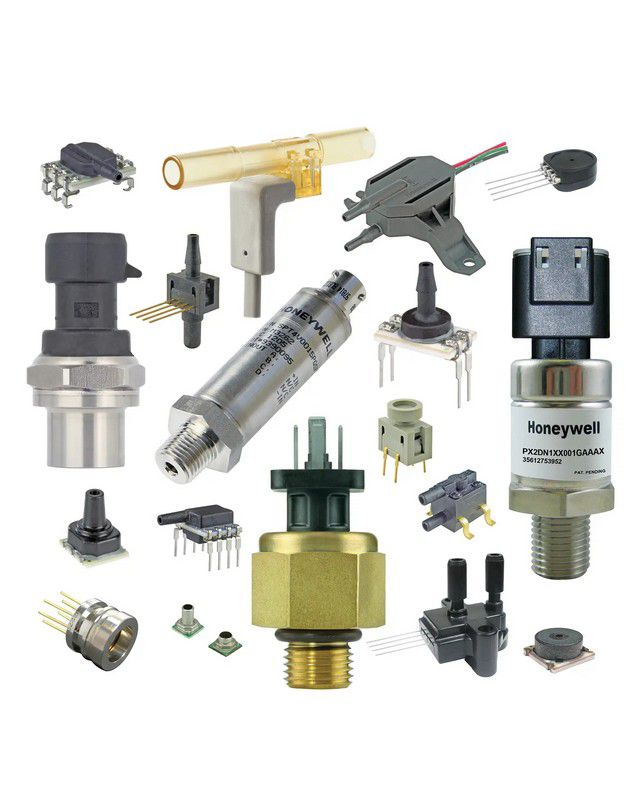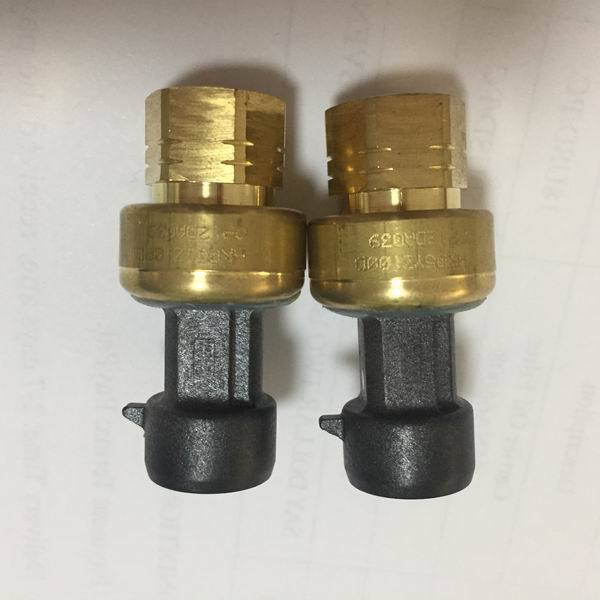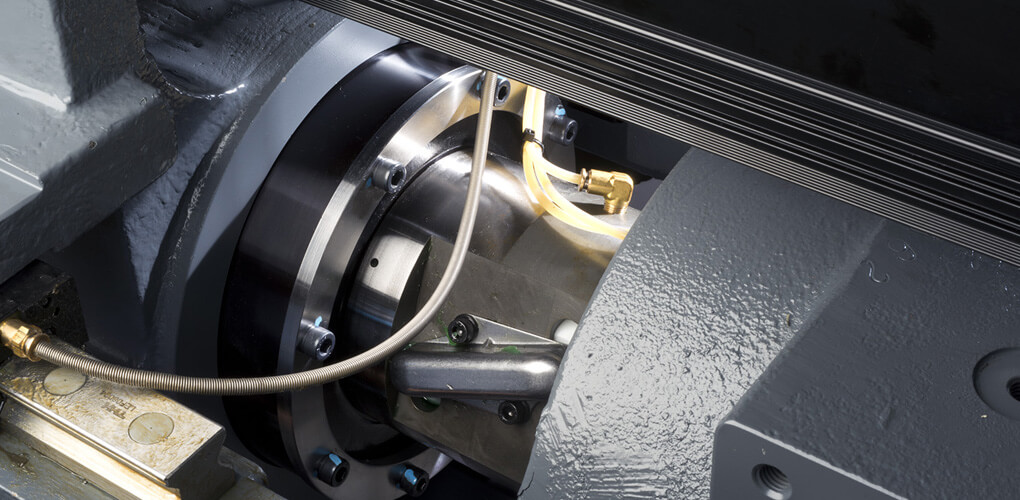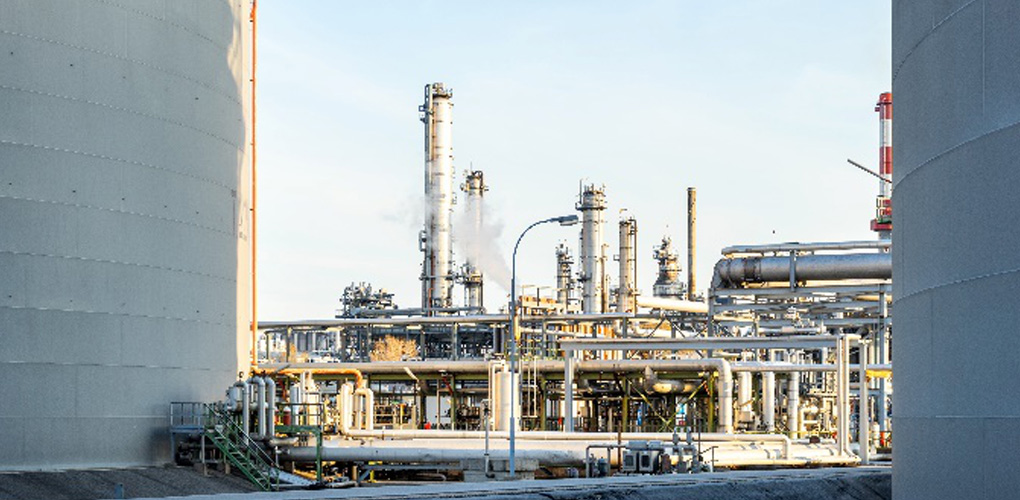What are the different types of pressure transducer for HVAC?
What does a pressure transducer do?

The pressure transducer for HVAC is a device that can generate an electrical signal from the pressure applied to it. The strength of the electrical signal is directly proportional to the applied pressure on the transducer. There are two basic parts of a pressure transducer. The mechanical part and an electrical part.
The purpose of the mechanical part is to compress and deform when pressure is applied to it. However, the electrical device converts this deformation into a measurable electrical signal. The shape of the mechanical part is of various types. The shape depends upon the amount of pressure applied and the principle of the transducer.
This article will help you understand the features of transducers and their important types. Moreover, it will also include the working principle and factors affecting its performance. It will describe the parts of the pressure transducer and their role in the pressure sensing process.
What are the different types of pressure transducers?
The pressure transducers are of five types. These five types are the following:
- Standard pressure transducers
- Top mount pressure transducers
- Side mount pressure transducers
- High accuracy pressure transducers
- High-temperature pressure transducers
The pressure transducer for HVAC is of an internal and external nature according to its types. There is the same working of the high-temperature pressure transducer and high accuracy pressure transducer. But the difference is that a high-temperature pressure transducer can heat up to 200oC. However, the amplifier of the transducer does not heat up at this temperature.
What is the difference between a pressure sensor and a pressure transducer?
What are Pressure Sensors?
The pressure sensor is an electrical instrument that is an important part of the measurement system. The pressure sensor has a direct impact on the object that is carrying the pressure to be measured. The Bourdon tube is the best example in this case. However, the pressure starts stressing the material when it applies.
The stress from this pressure causes strain in the tube of the mechanical pressure gauge. The strain causes uncoiling of the tube and thus variation in the position of the hand. This position varies on the dial indicator. In this way, the pressure sensors are helpful in the indication of pressure.
What is a Pressure transducer?
A pressure transducer, in the comparison of a pressure sensor, is an electrical device that can detect and convert the applied pressure into an electrical signal. It provides a relation between the input signal and output signal. A strain gauge is the best example in this case. Because its resistance varies concerning the strain that applies to it.
The strain gauge has common use as a sensing element in the pressure transducers. When we use it in the Wheatstone bridge, it has a significant role in the estimation of a differential output voltage. Because there, it can easily relate the resistance with the strain value.
How do I choose a pressure transducer?
There are multiple types of pressure transducers for a variety of applications. Each pressure transducer has different aspects that will impact how it works and the applications the pressure transducer works best for. When selecting a pressure transducer, keep these five criteria in mind:

The pressure transducers are available of multiple types. Every type of transducer has its features and applications. Therefore, you should consider certain factors before the selection of a pressure transducer for HVAC.
Application and measurement type
The type of pressure transducer is usually important based on the type of pressure. The pressure can be absolute, gauge pressure, differential pressure, and sealed gauge pressure. The application also has a significant role in determining the type of pressure transducer. Therefore, you should have enough knowledge about the types of pressure measurement and applications before selection.
What is a Pressure range?
The pressure range is the most important element in the selection of a pressure transducer. There are two considerations about selection based on pressure range:
The first consideration is about the accuracy of the instrument and the other one is the prevention of overpressure. The accuracy consideration tells that the low value of the range of pressure transducer is always helpful. The reason is that the low value of range will prevent the error to occur and if it is, it will be very small.
The second consideration is about the overpressure that can result in damage to the instrument. The overpressure can occur due to faulty design, the incorrect isolation of the instrument, and operating errors. Therefore, it is essential to mention the range as well as protection from overpressure.
What is Process media?
The use of the process media is also important in determining the type of pressure transducer for HVAC. They have made the selection easy if we compare their compatibility with the fluid in the measurement. If we are using it in a dry and clean environment, we can use any type of material and it is also permissible.
However, if we have to use them in adverse environments, then we should use standard alloy having a high amount of nickel. Stainless steel is also a good material that we can use as a process media in the pressure transducers.
Temperature range and installation environment
The effect of change in the temperature value does have a strong impact on the working of the pressure transducer. If we have to use it in the extreme values of temperature, then we should use thin-film technology. The extreme temperature is the common cause of the errors in the output value. That is why we should consider the temperature conditions before selecting the pressure transducer for HVAC.
However, if we are in an environment that has high vibration, then we should use the unamplified transducers. The transducer should be able to cope with the electrical and corrosion requirements of the environment. The corrosion can occur generally due to the splashing of corrosive liquids. Moreover, it can also occur due to exposure to corrosive gases.
How accuracy is important in the selection?
You should also consider the accuracy of the pressure transducer before the selection. The accuracy of the pressure transducers generally varies from 0.5% to 0.05%. If we have to deal with the smaller values, the high accuracy of the pressure transducer is desirable. The low-pressure values need high accuracy for accurate measurement.
How output is important in the selection?
The output of the transducer comes in various types for the different transducers. Therefore, you should check the desirable type of output before selecting a particular pressure transducer for HVAC. The output of the pressure transducers is generally in the form of digital output, amplified voltage output, and ratiometric output.
What are the 4 types of pressure?
There are four types of pressure in general. These four types are absolute pressure, atmospheric pressure, differential pressure, and gauge pressure. The absolute pressure is relative and is always measured about a certain value. The atmospheric pressure is the pressure exerted by a mercury column of 760mm at the seal level.












